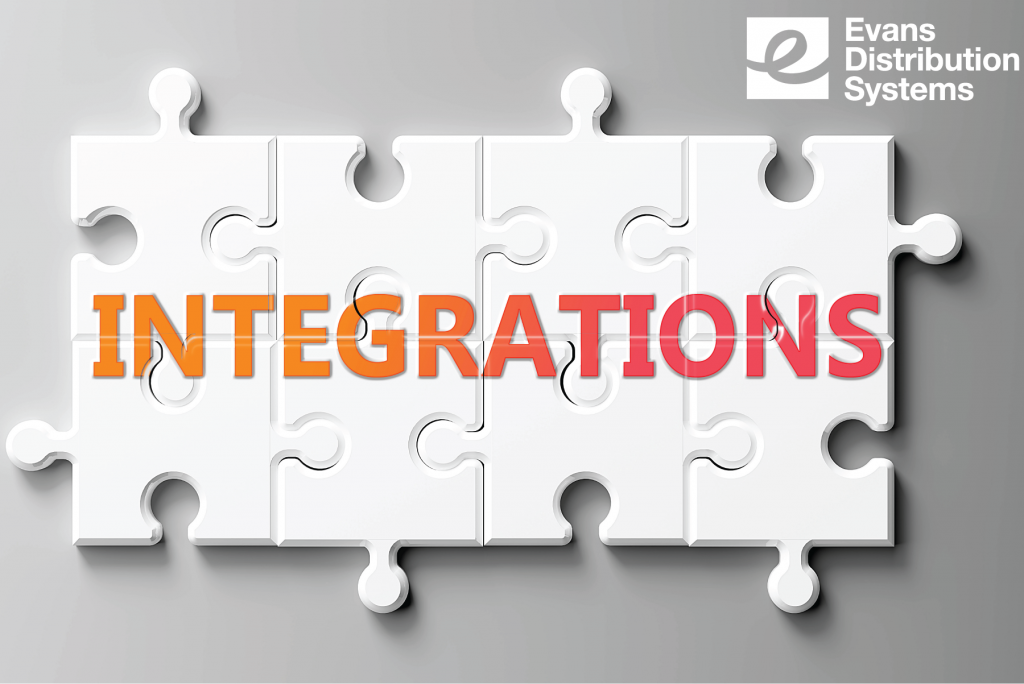If you’re selling online, you are likely selling through an e-commerce platform. That is a great tool for generating orders and collecting payments. But it still requires a person to process and ship the order. Outsourcing the order processing to a 3PL like Evans Distribution Systems, streamlines the order management process, yet requires integration between your e-commerce platform and the 3PL’s warehouse management system.
There are two key benefits to integrations: Real-time inventory management and efficient order processing. When fully integrated, the two systems work in harmony to make sure that the products you’re selling are in stock and the orders are out the door and shipped to your customers quickly. Every integration is unique, and they don’t have to be complex. Here are the basics of how it works.
Step 1: Choosing How to Integrate
The most common data exchange method is the application programming interface (API). It’s both efficient and secure and it can exchange data back and forth between two systems. It requires a set of defined rules or data sets, that are exchanged legibly, in real-time.
Some 3PLs are already set up with a specific platform making integrations even easier. For example, Evans is fully integrated with Shopify, so all customers who sell goods through Shopify can be integrated with a direct plugin.
Step 2: Selecting the Information to Exchange
Not all data needs to be exchanged between a warehouse and the store. It’s best to understand which data is the most important and how it should be received. In an e-commerce integration, the most common data exchanges include:
- Products by SKU
- Inventory by SKU
- Order quantities
- Orders received
- Orders shipped
- Product deliveries
- Out of stock/low stock alerts
- Product change alerts
- Customer shipping information
- Shipment tracking & alerts
Step 3: Setting Up the Exchange
Developers use coding and rules to allow each system to speak the same language. This is the most important step in the integration process because it merges the two systems. The data formats need to line up perfectly for the exchange to be understood by each platform. In many cases, a custom script, like manipulation of the data or a special rule, will need to be created.
Step 4: Testing the Data
Coding requires a fair amount of testing to ensure accuracy. Sometimes the data doesn’t format correctly or ends up in the wrong place. Maybe the data set isn’t complete, or it is delayed. These issues can be identified and solved through extensive testing. Software updates can also throw off data so it’s a best practice to have ongoing testing to prevent disruption.
Integrations Enhance the Customer Experience
While integrations are behind the scenes in the e-commerce process, a successful integration enhances the customer experience. It makes the ordering process easy, customizable, and enjoyable. It builds brand loyalty and accessibility to more products. And it gives sellers the power to manufacture more products at a greater scale, with more customization. Win, win, win!

